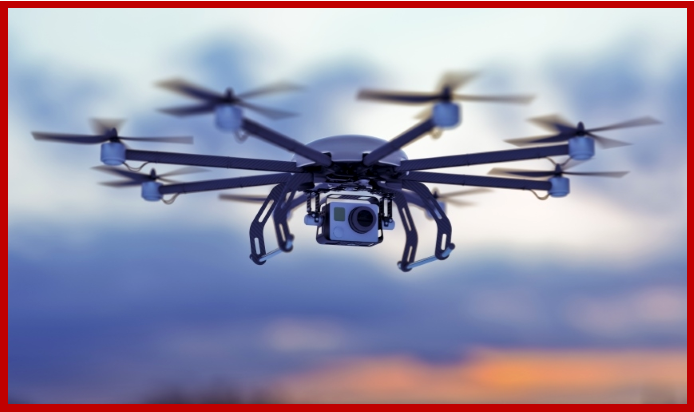 After years of inaction, Transportation Secretary Anthony Foxx and Federal Aviation Administration (FAA) Administrator Michael Huerta today announced the start of the first operational rules for non-hobbyist use of small unmanned aircraft systems – aka UAS or drones. (FAA Belatedly Issues Rules for Some Drones)
After years of inaction, Transportation Secretary Anthony Foxx and Federal Aviation Administration (FAA) Administrator Michael Huerta today announced the start of the first operational rules for non-hobbyist use of small unmanned aircraft systems – aka UAS or drones. (FAA Belatedly Issues Rules for Some Drones)
The drone new rule – formally known as Part 107 – is claimed to minimize risks to other aircraft, people and property. However, a real safety risk exists because a hobbyist can fly a drone in Class G (uncontrolled) airspace without air traffic control participation. Operation in any other airspace in theory needs air traffic approval, but that is still pending implementation late this year.
“The FAA’s role is to set a flexible framework of safety without impeding innovation,” claimed Administrator Huerta. “With these rules, we have created an environment in which emerging technology can be rapidly introduced while protecting the safety of the world’s busiest, most complex airspace.” (Ineffective FAA Sits by as Drones Take Over U.S. Airspace)
We will see and, frankly, disagree
With drones on sale at convenience stores, hobby shops and Amazon for less than $30 – ~$8 billion in sales estimated last year, forecast to triple during the 2020s – there is no effective control of an amateur without a pilot’s licenses who is operating what could be a lethal drone.
It’s going to take a tragedy to change things, AutoInformed opines. During the Woodward Dream Cruise drones were clearly violating the proposed rules. Worse, there is no enforcement mechanism in place or proposed.
If you think working air traffic controllers, among the finest civil servants in the U.S., many of them aviation enthusiasts and hobbyists, are happy about amateurs operating drones, AutoInformed will take the wager.
FAA Amateur Drone Safety Guidelines
- Fly at or below 400 feet
- Keep your UAS within sight
- Never fly near other aircraft, especially near airports
- Never fly over groups of people
- Never fly over stadiums or sports events
- Never fly near emergency response efforts such as fires
- Never fly under the influence
- Be aware of airspace requirements


The Federal Aviation Administration’s (FAA) latest public service announcement is a reminder that the airspace around NRG Stadium in Houston is a No Drone Zone for the Super Bowl.
Temporary Flight Restrictions will prohibit certain aircraft operations, including unmanned aircraft operations, or drones, within a 34.5-mile radius of NRG Stadium in downtown Houston, Texas on game day. The restrictions will be in effect from 4 p.m. to 11:59 p.m. on Sunday, Feb. 5.
The FAA produced a 20-second video that tells people to bring their lucky jerseys, face paint and team spirit to the game – but to leave their drones at home – because the stadium and the area around it is a No Drone Zone. The agency is promoting the video on Twitter, Facebook, YouTube and the FAA website.
“Drones are becoming much more popular, but they also pose certain safety risks,” said FAA Administrator Michael Huerta.
Watch the video on the FAA YouTube Channel: The Super Bowl is a No Drone Zone: https://youtu.be/7LZJTl2brq0.
My personal opinion, maybe they need to think about the privacy of the people or other people’s property in a serious way. I mean like compulsory nationwide sign-up of pilots to extend responsibility and trace-ability.Indeed it is hard to implement because some people just used the drone as a toy, but it can be implemented for people that offer photography or video services. And also clear guideline about the insurance policy if something happen to the public or pilot that make “wrong doing” to innocent people.